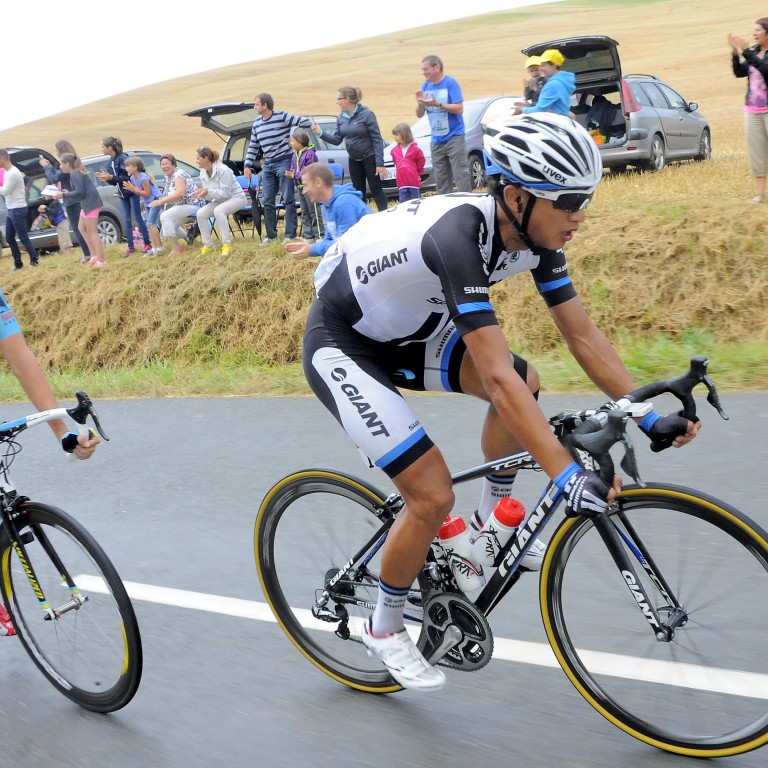
In a nation hooked on cars, a bicycle revival is just what we need
Ji Cheng has been the lanterne rouge - the red lamp at the back of the train - of the Tour de France. In the jargon of the annual race, this is the rider who brings up the rear in the overall time standings. It is not that Ji would have been invisible otherwise.
Ji Cheng has been the - the red lamp at the back of the train - of the Tour de France. In the jargon of the annual race, this is the rider who brings up the rear in the overall time standings. It is not that Ji would have been invisible otherwise. He sacrificed himself early on in the tour with long shifts on the front of the peloton (the main bunch of riders) and before television cameras to help his Giant-Shimano team. If he completes the gruelling event by riding his bicycle down the Champs-Elysees in Paris today in the final stage of the three-week tour, it will be the icing on the cake for the first Chinese cyclist to compete in the event.
And if his pioneering appearance encourages compatriots to rediscover their love for cycling, the will be remembered for helping show the way. That may be a nostalgic notion, but it would not be an entirely retrograde step.
In just two decades, the mainland went from being a kingdom for bicycles to the world's largest market for cars. Vehicle sales far exceeded those in developed countries, though they were not as impressive as the 58.7 per cent increase in the output of bicycles under the first five-year plan in 1949.
The transformation was a sign of prosperity, symbolic of China's rise as a nation. But it is also contributing to serious environmental stress and a potential future energy problem. As residents of car and smog-choked cities well know, a rush to modernity can have unintended lifestyle consequences. One of them is the inexorable encroachment of motor vehicles and their need for space on lanes reserved for cyclists, to the point where even car parking can take precedence.
Despite the provision of extensive and growing subway networks, the pendulum has swung too far towards dependence on cars. It may be tempting to dismiss riding and walking as outdated transport solutions. But they are also non-polluting and provide good exercise, unlike motor vehicles. For the sake of the environment and public health, it is time to place more emphasis on building bicycle and pedestrian paths as well as bus and railway networks.

